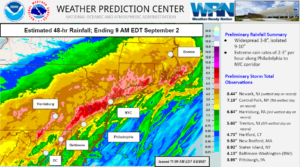African Swine Fever Action Week
“Every day the week of September 13-17, from 2:00 pm – 3:00pm EDT, APHIS will host a webinar on a different ASF topic. These webinars will also be recorded. The webinars will be as follows:
- Monday, September 13: African Swine Fever: Where it Exists and What’s at Stake
- Tuesday, September 14: Steps APHIS is Taking to Prevent and Prepare for ASF
- Wednesday, September 15: ASF and the Benefits of Biosecurity
- Thursday, September 16: What to Expect in an ASF Outbreak
- Friday, September 17: ASF and the Feral Swine Factor”
Interested producers can register at

